|
A F-4E AUP Phantom II of the Hellenic Air Force crashed at 10:30 am local time on January 30, 2023, 25 nautical miles south of Andravida Air Base. The crash happened while the aircraft was performing a low altitude training flight over the Ionian Sea at 300 ft with another F-4E, who first raised the alarm and started loitering over the area as rescue forces were alerted. Two AB-205 helicopters of the Hellenic Air Force and a S-70 helicopter of the Hellenic Navy were immediately launched for the Search And Rescue effort, while a C-130 was put on alert and ready to takeoff. The Hellenic Coast Guard rushed to the area with its naval vessels. The crash site was identified, with debris found floating by the assets on scene. At the time of writing, the Weapon Systems Officer, First Lieutenant Marios Michail Touroutsikas, 29, was found dead on scene, while the search is still ongoing for the pilot, Captain Efstathios Tsitlakides, 31. Local media are reporting that the two officers were not able to eject, but this has not been confirmed.
The Phantom II was assigned to the 338th Squadron (Mira) “Ares” of the 117th Fighter Wing at Andravida air base. The aircraft has been identified as the F-4E Phantom II with serial number 01507 and construction number 4465 that was first delivered in May 1974. The aircraft went on to become the first to be upgraded during the Peace Icarus 2000 modernization program and delivered back to the HAF in December 2002.
0 Comments
The Air Force on Friday unveiled its newest stealth bomber aircraft, the B-21 Raider, in Palmdale, California. Built by Northrop Grumman, the bomber was named in honor of the “courageous spirit” of airmen who carried out the surprise World War II Doolittle Raid. The sixth-generation aircraft is expected to help the Air Force “penetrate the toughest defenses for precision strikes anywhere in the world,” Northrop Grumman’s press release said. Six bombers are currently in “various stages of final assembly” in California, according to the release. The event on Friday was even more significant given that it marked the first time in more than 30 years a new US bomber has been publicly unveiled since the B-2 Spirit was presented in 1988. While the US originally planned to have a fleet of 132 B-2s, just 21 were ultimately purchased. Defense Secretary Lloyd Austin touted the newest US stealth bomber in a speech Saturday at the Reagan National Defense Forum at the Ronald Reagan Presidential Library in Simi Valley, California. He called the Northrop Grumman B-21 Raider a “major advance for American deterrence” and said it would be the backbone of the US bomber fleet in the future. The unveiling of the B-21 in Palmdale, said Saturday that the years ahead would be a “decisive decade” as the US faces competition from China and the threat of Russia. The release of the new bomber comes amid heightened tensions between the US and both China and Russia. Just days ago, the Pentagon released its annual report on China, which said the country has doubled its number of nuclear warheads in a fraction of the time the US expected it to. By 2035, the report said, China could have roughly 1,500 nuclear warheads – an “accelerated expansion” of its stockpile, a senior defense official told CNN. The next years, Austin said Saturday, “will determine whether our children and grandchildren inherit an open world of rules and rights – or face emboldened autocrats who seek to dominate by force and fear.” The B-21 was designed with that competition in mind. Northrop Grumman’s rundown of the new bomber’s abilities said that while adversaries “continue to invest in and develop advanced weapons,” the B-21 will allow the US to penetrate enemy air defense and hit targets “anywhere in the world.” “America’s defense will always be rooted in deterring conflict. So, we are again making it plain to any potential foe: the risk and the cost of aggression far outweigh any conceivable gains,” Austin said at the Friday unveiling. “This is deterrence the American way.” While Friday marked the “first time the world’s first sixth-generation aircraft (was) seen by the public,” Northrop Grumman said, airmen and aircraft enthusiasts alike will have to wait until next year to actually see one in the air. The first B-21 flight is expected to happen in 2023, Air Force spokeswoman Ann Stefanek said, though she emphasized that the timing of the first flight “will be data and event, not date, driven.”
The Air Force previously said that the new nuclear-capable stealth bomber, which has the ability to carry both nuclear and conventional weapons and which will fall under the Air Force’s Global Strike Command, will be “the backbone of the future Air Force bomber force,” designed in a way that is ripe for future modernization efforts. The service named Ellsworth Air Force Base, South Dakota, as the home of the B-21 and home to the aircraft’s training program. Each aircraft was anticipated to cost $550 million when the price was set in 2010; after adjusting for inflation this year, Stefanek said, the cost of each aircraft, including training materials, support equipment and other components of the bomber, is $692 million. The Air Force plans to purchase at least 100 of the stealth bombers. “Even the most sophisticated air defense systems will struggle to detect the B-21 in the sky,” Austin said at the unveiling. The B-21 has been built with long-term sustainability and maintainability in mind, Northrop Grumman said in the release. It has also been designed to be rapidly upgraded when future threats demand it – a process that can often be slowed down by bureaucratic red tape and delayed timelines when it comes to older military aircraft and vehicles. The bomber won’t undergo “block upgrades,” according to Northrop Grumman, which is a method of periodically upgrading parts of a system. Instead, the company said new “technology, capabilities and weapons will be seamlessly incorporated” through software upgrades. “This will ensure the B-21 Raider can continuously meet the evolving threat head on for decades to come,” the company said. Honoring the past The name “Raider” was submitted by airmen with the 337th Test and Evaluation Squadron out of Eglin Air Force Base, Florida, and beat out more than 2,000 other suggestions. It refers to the April 1942 Doolittle Raid, during which 80 airmen flew a retaliatory mission to bomb Japan just months after the attack on Pearl Harbor. Led by then-Lt. Col. James “Jimmy” Doolittle, the airmen flew roughly 650 miles to Japan, bombing military installations, storage facilities and factories, according to the Air Force. But because of limited fuel, they knew it was unlikely they’d make it back to safety as planned. Instead, the pilots and crew “ditched at sea, bailed out, or crash-landed in China,” according to the National Museum of the US Air Force, many reaching safety with the help of Chinese citizens. According to the museum, as many as a quarter of a million Chinese citizens were later executed by the Japanese as punishment for assisting the Americans. Former Secretary of the Air Force Deborah Lee James announced the new bomber’s name in 2016 alongside one of the airmen who flew on that World War II mission, retired Lt. Col. Richard Cole, who died in 2019. “We wanted [to] ensure the aircraft had a strong name airmen could take pride in, especially those who will have the opportunity to fly and maintain the B-21,” Lt. Col. Jaime Hernandez, commander of the 337th, said in 2016. “We also wanted to take an element of our history into account, and the story of the Doolittle Raiders embodies just that.” Black Hawk Helicopter Flies Logistics And Rescue Missions Without Pilots On Board for the first time11/10/2022 Sikorsky and the Defense Advanced Research Projects Agency (DARPA) have successfully demonstrated to the US Army for the first time how an uninhabited Black Hawk helicopter flying autonomously can safely and reliably perform internal and external cargo resupply missions, and a rescue operation. Performed Oct. 12, 14 and 18 as part of the US Army’s Project Convergence 2022 (PC22) experiment, the flights show how existing and future piloted utility helicopters could one day fly complex missions in reduced crew or autonomous mode. As the video in this post shows, this would give Army commanders and aviators greater flexibility in how and when aircraft and pilots are used, especially in limited visibility or contested environments. Why It Matters Sikorsky is partnered with DARPA to develop autonomy technology that will exponentially improve the flight safety and efficiency of rotary and fixed-wing aircraft. Sikorsky’s autonomy system, known as MATRIX technology, forms the core of DARPA’s ALIAS (Aircrew Labor In-cockpit Automation System) project. “We believe MATRIX technology is ready now for transition to the Army as they look to modernize the enduring helicopter fleet, and acquire Future Vertical Lift aircraft,” said Igor Cherepinsky, director of Sikorsky Innovations, in a Lockheed Martin news release. “In addition to increasing flight safety and reliability, MATRIX technology enables survivability in high tempo, high threat 21st Century Security environments where Black Hawk helicopters operate today, and Defiant X and Raider X helicopters could operate in the future. Uncrewed or reduced crewed helicopters could safely perform critical and lifesaving missions day or night in complex terrain and in contested battlespace.” The Yuma Details During PC22 Technology Gateway, the Sikorsky and DARPA team showed how the optionally piloted Black Hawk helicopter with no humans on board can deliver a large quantity of blood product unharmed by flying low and fast above ground level using the terrain to mask its signature; resupply troops with an external load; and re-route mid-flight to evacuate a casualty. To begin the flight demonstrations, pilots flew and landed the Black Hawk aircraft, then activated the MATRIX system to give full control to the flight computer. When the pilots exited, the helicopter autonomously completed the following mission demonstrations:
The PC22 demonstrations were the second set of uninhabited Black Hawk flights this year. Sikorsky and DARPA will continue to work toward the transition of this technology for military operations, such as aircrew support and operations, logistics and medical resupply, casualty evacuation, and commercial applications such as firefighting, cargo and urban air mobility. As we have already reported the Black Hawk helicopter involved in this project is the first ever UH-60 that has flown autonomously and builds on recent demonstrations at the US Army’s Project Convergence 2021. It illustrates how ALIAS-enabled aircraft can help soldiers successfully execute complex missions with selectable levels of autonomy – and with increased safety and reliability. ALIAS technology and autonomy enable greater mission flexibility, increase safety and allow end users to reimagine how they can use air vehicles on current and future battlefields. The technology is not limited to a Black Hawk and is currently being incorporated into commercial and military fixed-wing aircraft. ALIAS will continue to advance optionally-piloted technology with two additional aircraft demonstrations in the coming months. A short promotional video, made jointly by the United States Air Force and Space Force, shows a model of what appears to be the SR-72 spy plane, also known as the Son of Blackbird. The aircraft appears at the very end of the video, with only an outline and a few details visible. The object is most likely a computer-generated image or a mockup, but it provides confirmation that the US military is working on the mysterious plane. The rumors that Lockheed Martin is planning a successor to the SR-71, a famous cold war-era reconnaissance plane, date back to the late 2000s. Very little is known about the project. According to Lockheed Martin, it is intended to be unmanned and fly at speeds exceeding Mach 6, or six times the speed of sound. To reach such speeds, the aircraft should use a turbine-based combined cycle (TBCC) engine, which blends a turbine engine for below-Mach 3 flight and a ramjet for higher speeds. It was also said to be capable of carrying hypersonic missiles, shifting the focus from a pure reconnaissance platform. According to the manufacturer, the prime purpose of such a plane would be penetrating contested airspaces and striking highly valuable targets. However, the video, published on November 18, 2021, by the USAF Profession of Arms Center of Excellence (PACE) Youtube channel, focuses on intelligence gathering capabilities of the service, touting its ability to “[conduct] recon faster than the speed of war”. This might show that the military still considers the SR-72 as a spy plane, or at least as a platform capable of performing as one. Numerous other mysterious projects can be glimpsed in the video. Those include, most prominently, the Northrop Grumman RQ-180 high-altitude flying-wing reconnaissance drone, referred to as the White Bat. Never officially confirmed, the drone has been accidently spotted in various locations all over the world, and is speculated to be a successor to the similarly mysterious RQ-170 Sentinel. The video also shows an outline of the Boeing X-37 space plane, seen on the screen of a sort of command center. A ballistic launch trajectory is shown on another screen, alluding to the idea that a mission of the vehicle is being monitored. The official purpose of the X-37 is to test various new technologies in orbit, although the nature of those technologies was never revealed. A Cuban pilot defected to the United States via Florida Friday after winging in on a single-engine Russian-made plane, airport authorities said. Around 11:30 am (1530 GMT), the pilot arrived aboard a Russian Antonov AN-2 single-engine plane at Dade-Collier Airport, located in the Everglades, officials said. "He said that he was defecting, and that he was from Sancti Spritus," a province in central Cuba, the same sources specified. Cuba is the only one-party Communist-ruled country in the Americas. CiberCuba media outlet, which was the first to report the news, identified the aviator as Ruben Martinez and said that he worked for the Cuban Air Services Company (ENSA). Agents from the United States Customs and Border Protection (CBP) arrived at the landing site to look into the case, airport sources said. Many Cubans have tried to reach the United States in recent months after leaving their country, hit by its worst economic crisis in three decades with shortages of food, medicine and fuel. Between October 2021 and August 2022, close to 200,000 Cubans were intercepted by US authorities, according to CBP, after entering through the border with Mexico or crossing by sea through the Florida Straits.
That is a dramatic increase over the same period last year, when the United States intercepted some 30,000 Cubans. Cubans are the only people who are eligible for immediate US asylum if they flee their homeland and reach United States soil. However, if they are intercepted at sea, they are returned home. Critics say the policy encourages Cubans to make dangerous bids to reach US soil in planes and makeshift boats. On the morning of Monday, May 23, an electric aircraft took off from Plattsburgh International Airport in eastern New York, near Lake Champlain and the border with Vermont. From there, it pushed west and south. It landed and took off again two more times in New York, and then flew into Akron, Ohio the next day. After seven stops in total, it finally landed on Monday, May 30, in Bentonville, Arkansas, completing a start-and-stop journey of 1,403 miles. The craft is called Alia, and it was created by Beta Technologies, an aviation startup based in Burlington, Vermont. A single propeller, powered by two electric motors, gives it its thrust through the air. Electric aviation is in its infancy, and the burgeoning industry—which includes other firms like Joby, Wisk, Kitty Hawk, Archer—has generally focused on the idea of using electric aircraft as air taxis, like Ubers in the sky, for travel around cities. With this longer series of flights, Beta CEO Kyle Clark says that they wanted to show that aircraft like these can be more than just a vehicle for local transport. “I think that with this type of flight, at a very high level, we change the image of what electric aviation is,” he says. “It’s not an aircraft that’s hopping within a city; it’s not flying test flights around a range, unmanned; it’s you put a couple pilots in it, you put some cargo in it, and you go halfway across the country.” He says that the “launching point” for their business is to start with a focus on flights for cargo and logistics that span about 150 miles in length. “And we just went and proved that you can do that, and you do it over and over and over again,” he says. After the stop in Akron, Ohio, it flew to Springfield, Ohio, then Bloomington, Indiana, before pushing into Illinois, Missouri, and then Arkansas. The flight legs ranged from about 159 miles to as long as 211, and had an average flight time of around 88 minutes. All told, over the eight days that the mission lasted, the aircraft was in the air for nearly 12 hours. Two pilots from Beta took turns flying the aircraft: Lochie Ferrier and Camron Guthrie. The pilot not flying the electric plane for each leg took the controls of a Cessna Caravan that acted as a chase plane. Guthrie, one of the pilots for the mission, notes that the journey took them through “really sleepy areas” of the country, attracting onlookers. “People just came out to see the folks from Vermont and their spaceship,” he says. In Ohio, the landing garnered an article in the Springfield News-Sun about the aircraft, which arrived at the Springfield–Beckley Municipal Airport on May 24. The website Electric VTOL News previously reported on part of the aircraft’s journey. To be clear, the flying machine is not a spaceship. It’s an electric aircraft with a 50-foot wingspan that The New York Times has referred to as “a flying battery” that has an “exotic, almost whimsical shape.” (The company notes on its website that the plane’s design “takes inspiration from the Arctic tern.”) While Beta and its competitors are designing aircraft that can take off and land vertically from small areas, this particular model did not do that—it took off and landed like a regular airplane, just as it did in March when two Air Force pilots tried flying it. The journey also included a delay due to bad weather in Ohio. After landing in Springfield on Tuesday, May 24, it didn’t take off again until Saturday, May 28, when it flew to Indiana. The multi-leg journey was a chance for real-world testing of a new kind of aircraft. “We ran into weather, we operated out of austere locations, we tested our recharging network,” Guthrie says. “There’s a lot of things we learned about our design that we’ll put back in the hopper.” About the charging network: An electric aircraft produces zero tailpipe emissions while flying, but the juice in its batteries has to come from somewhere. For this journey, Beta says that they were able to recharge the aircraft using their own charging stations at four locations, including their departure airport of Plattsburgh, New York. (Another charger is located in Bentonville, Arkansas.) At other locations, they relied on a mobile generator that can burn fossil fuel to make electricity. “We try to minimize that, but yes, we have those provisions, and we used it on this flight,” Clark notes. Ferrier, one of the two test pilots, says that one issue driving where and how they charged was the performance of the aircraft, which he says exceeded their expectations. “Our charging network was actually spaced for a little bit less range than we’re currently making,” he says. “The airplane is actually outperforming the charging network—so we could have actually used more of our own charges, but we ended up with a better airplane than we expected, and so we had to skip some of the charges.” In short: briefer flights would have allowed them to utilize more of their stationary chargers instead of their mobile solution. “The charging network is an evolving thing, and every week we get more chargers online,” adds Clark. The permission for this multi-state journey—the aircraft soared through six states in total—came in the form of a market survey certificate from the FAA. It’s not the longest flight on the books for an electric aircraft: between 2015 and 2016, a solar-powered airplane circled the world. Beta doesn’t intend to operate its own cargo or passenger airline; instead it plans to make the aircraft itself so that companies such as UPS could use it to carry goods. For now, the Alia aircraft, after flying just over 1,400 miles, remains in Arkansas. It will be at an event called the UpSummit, and then will eventually fly back east. Boeing has taken the wraps off the first production T-7A Red Hawk advanced trainer jet that is slated for delivery to the US Air Force. The first of an initial order of 351, the aircraft features special livery honoring the Tuskegee Airmen. A joint venture of Boeing and Saab, the T-7A will replace the Northrop T-38 trainer, which has been in service for half a century and will be phased out beginning in 2023. The new trainer is designed to teach pilots to handle next-generation fighters and bombers, while being capable of adapting to changes in aerospace technology thanks to the use of digital engineering processes. According to Boeing, the T-7A is not only ergonomically designed for the pilot, but also for the ground crew, with access panels set at a comfortable height that give easy access to the internal components. In addition, the engine can be swapped out by a small crew in a few hours. Though the T-7A is primarily a trainer, its airframe and digital design can also be modified to act as a light fighter or attack aircraft. Currently, the forward section of the T-7A is manufactured by Boeing in St. Louis and the aft section in Linkoping, Sweden, though Saab will be shifting production to a new facility in West Lafayette, Indiana. In the meantime, the first T-7A will complete ground and flight tests before being handed over to the Air Force. The livery of the first T-7A includes a red tail to honor the Tuskegee Airmen of World War II. Primarily composed of African Americans, the 922 pilots of the 332d Fighter Group and the 477th Bombardment Group (Medium) of the United States Army Air Forces (USAAF) were the first black military pilots to serve in the US armed forces. "The Tuskegee Airmen are one of the most celebrated units in our Air Force history, and the T-7A honors the bravery and skill of these trailblazers," said Gen. Charles Q. Brown, Jr., Chief of Staff of the Air Force. “Like the Airmen they were named and painted to pay homage to, the T-7A Red Hawks break down the barriers of flight. These digitally-engineered aircraft will make it possible for a diverse cross section of future fighter and bomber pilots to be trained, and provide an advanced training system and capabilities that will meet the demands of today’s and tomorrow’s national security environment." The video below discusses the debut of the T-7A Red Hawk. Such is the case with the mysterious SR-91 Aurora spy plane. This airplane may have been nothing more than an artist rendering of a concept, even though one witness said he saw it in action. Let’s take a deeper dive into whether the Aurora actually existed. Why the SR-91 Aurora? In the 1980s, the Air Force was looking for something that could replace the SR-71 Blackbird. The Blackbird was considered expensive to maintain as SR-71 flight operations cost a reported $200 to $300 million a year. The SR-91 Program Was Ultra-Secretive If It Existed The word “Aurora” came into public consciousness when the moniker appeared in a “black program” spy plane budget request in 1985. Could this expenditure refer to the SR-91 Aurora? This would have been a record-setting airplane – flying at over MACH 5 and streaking by at 90,000 feet. But what if Aurora was instead a different codename for the B-2 Spirit stealth bomber? The B-2 was flying in the late 1980s and was introduced in 1997. The name Aurora thus became an enigma. SR-91: Better Described as a Hypothesis DefenceAviation.com referred to it as a “hypothesis.” The website cited a British source with the following statement. “A British Ministry of Defence report released in May 2006 refers to U.S. Air Force priority plans to produce a Mach 4-6 highly supersonic vehicle, but no conclusive evidence had emerged to confirm the existence of such a project.” Only One Alleged Sighting Was there ever an SR-91 prototype produced? One eye-witness claimed to have seen a triangular-shaped airplane that could have been a new reconnaissance plane flying in the late 1980s. This sighting happened over the North Sea in 1989. An engineer named Chris Gibson claimed to have seen it. But again, this could have been the B-2 or even an F-117 Nighthawk. The US Air Force was flying the F-117 at the time. But if that was really an Aurora, it would have been difficult to spot since its believed speed was MACH 5. Did It Produce Those “Sky Quakes?” Another enigmatic example attributed to the Aurora flight was the so-called “sky quakes” that happened over Los Angeles in the early 1990s. It was hypothesized that an Aurora could have caused these loud booms when it flew out of Groom Lake, Nevada (also known as Area 51). That’s pretty thin evidence that it was actually the Aurora causing sky quakes. SR-91 Concept That Didn’t Live If the Aurora was a concept, it probably got canceled. What deemed the SR-91 redundant was the advancement of spy satellites and reconnaissance drones that made a hypersonic spy plane unnecessary at the time. Even though the SR-72 Son of Blackbird spy plane program is advancing now. There is just not enough evidence to determine the existence of the SR-91 Aurora. It makes sense to call it a hypothesis because it is only plausible that Lockheed Martin Skunk Works was working on a new spy plane. The technology may have been there to produce a MACH 5 aircraft but that doesn’t mean it survived beyond the drawing board.
Skunk Works Director Denies SR-91 In Memoir Speaking of Skunk Works, the National Interest cited a book by Ben Rich, who is a former director of Skunk Works and he poured cold water onto the Aurora hypothesis. “Somehow the name (Aurora) leaked out during congressional appropriations hearings, the media picked up the Aurora item in the budget, and the rumor surfaced that it was a top-secret project assigned to the Skunk Works—to build America’s first hypersonic plane. That story persists to this day, even though Aurora was the codename for the B-2 competition funding,” he wrote. The US Air Force's 'retired' F-117 stealth jet made another appearance — this time on the East Coast5/12/2022 As already reported, an F-117 Nighthawk stealth jet deployed to Savannah Air National Guard Base, Georgia, to take part in Sentry Savannah, the Air National Guard's premiere exercise held annually at the Air Dominance Center. Running from May 2 to 15, Sentry Savannah is the ANG's largest fourth- and fifth-generation counter-air, large-force exercise that allows fighter units from across the country to train on integrated tactics such as ground training, offensive/defensive counter-air missions, cruise-missile defense and weapon-drop training on the range. Although several interesting assets have deployed to Savannah for the drills, the most intriguing platform that quite surprisingly made its way to Georgia for Sentry Savannah is one F-117 Nighthawk from Tonopah Test Range. The stealth jet, believed to be part of a unit known as the "Dark Knights," has deployed to Georgia (and, to our knowledge, this is the first time the stealth jet deploys to the East Coast since it was officially retired in 2008…) to take part in the first week of the exercise. The aircraft, registration 84-0828, sported the "TR" tail code observed on the F-117s operating from Tonopah Test Range since 2020 along with a 40 years of operations logo on both tails that celebrates the 40th anniversary since the maiden flight that took place on June 18, 1981 at Groom Lake, Nevada.
The emblem says: "40 years of owning the night." During its deployment to Georgia, the iconic stealth jet it flew two daily sorties. Here's what we wrote about the flying activity of the "retired" F-117s in our previous story on Sentry Savannah: As explained in various articles, while some of the F-117s that were retired in 2008 and initially kept in a "Type 1000" storage at Tonopah Test Range have now been disassembled and transferred to museums around the US, F-117s have continued to fly. We have reported sightings in 2018, in 2019, 2020, 2021 and 2022. After all, the F-117s are not completely retired, quite the contrary. As of January 2021, the US Air Force had 48 F-117s remaining in its inventory. The service is disposing approximately four aircraft each year, meaning that +40 should still be available. The jets fly the adversary stealth role allowing U.S. squadrons to perform DACT (Dissimilar Air Combat Training) against a LO (Low Observable) aggressor and are also believed to simulate radar-evading cruise missiles during various exercises The Nighthawks are most probably also involved in the development and testing of stealth or counter-stealth technologies and tactics, as some photographs showing at least one airframe sporting a mirror-like coating similar to the one applied to two F-22s (one that has appeared quite recently) and to an F-35, seem prove. Few weeks ago, the iconic stealth jets have have teamed up with the U.S. Marine Corps' F-35 Lightning IIs involved in the Lightning Carrier demo integrating with the F-35B Lightning II aircraft attached to Marine Fighter Attack Squadron (VMFA) 122 operating from the flight deck of amphibious assault ship USS Tripoli (LHA 7). Previously, the Nighthawks had conducted DACT with the F-35Bs of the Marine fighter Attack Squadron (VMFA) 225 "Vikings" of Marine Aircraft Group (MAG) 13, 3rd Marine Aircraft Wing, US Marine Corps, deployed to MCAS Miramar from MCAS Yuma. Anyway, our friend Misael Ocasio Hernandez has produced a stunning +9-minute video of the F-117 operations during Sentry Savannah. A passenger with no flying experience landed a plane in Florida after the pilot passed out. In a audio recording from the flight, the passenger, Darren Harrison, can be heard telling air traffic control a "serious situation" was unfolding. An air traffic controller - who also teaches new pilots - helped guide the man down to Palm Beach International Airport just after noon on Tuesday. The two later met on the tarmac for a hug. The pilot of the Cessna 208 had been flying to Florida from the Bahamas when he told his two passengers he wasn't feeling well, according to the Federal Aviation Administration (FAA). He fell against the controls, putting the small aircraft into a nosedive and a sharp turn. The nature of the medical emergency has not been revealed, but the pilot is being treated in hospital. An on-board conversation between Mr Harrison and air traffic control caught the drama: HARRISON: "I've got a serious situation here. My pilot has gone incoherent. I have no idea how to fly the aeroplane." CONTROL: "ATC: 333 Lima Delta, Roger, what's your position?" HARRISON: "I have no idea. I can see the coast of Florida in front of me but I have no idea." CONTROL: "Maintain wings level and just try to follow the coast, either northbound or southbound. We're trying to locate you." Robert Morgan, an air traffic controller at Palm Beach International Airport, was on his break when a colleague came to alert him to the situation. A long-time flight instructor with more than 20 years' experience in air traffic control, Mr Morgan had never flown the specific model - a single-engine Cessna 208 - but was able to use a map of the aircraft's cockpit to give instructions to the flier. "I knew the plane was flying like any other plane. I just knew I had to keep him calm, point him to the runway and tell him how to reduce the power so he could descend to land," Mr Morgan told WPBF-TV. He told the FAA the surreal experience was "like a movie". In the recording, Mr Morgan is heard teaching the man to "push forward on the controls and descend at a very slow rate" as he approaches for landing. After the plane landed, Mr Morgan can be heard in the recording praising the heroic passenger to other pilots on the tarmac. "Did you say the passengers landed the airplane?" the pilot responded. "Oh, my God. Great job." The passengers had planned to land at Boca Raton in Florida, but Mr Morgan instead guided Mr Harrison to Palm Beach airport because it had a longer runway, was less congested, and had much-needed radio coverage, the FAA said. Under Mr Morgan's tutelage, Mr Harrison flew the plane into its final approach, successfully landing the aircraft at 16:37 local time. Neither passenger had any injuries. The FAA is investigating. plane makes emergencey landing, man with not flying experience lands plane , pilot passes out passenger lands, nathan finneman |
Send us an email at [email protected] if you want to support this site buying the original Division of Aero Patch, only available through this website!
All
|
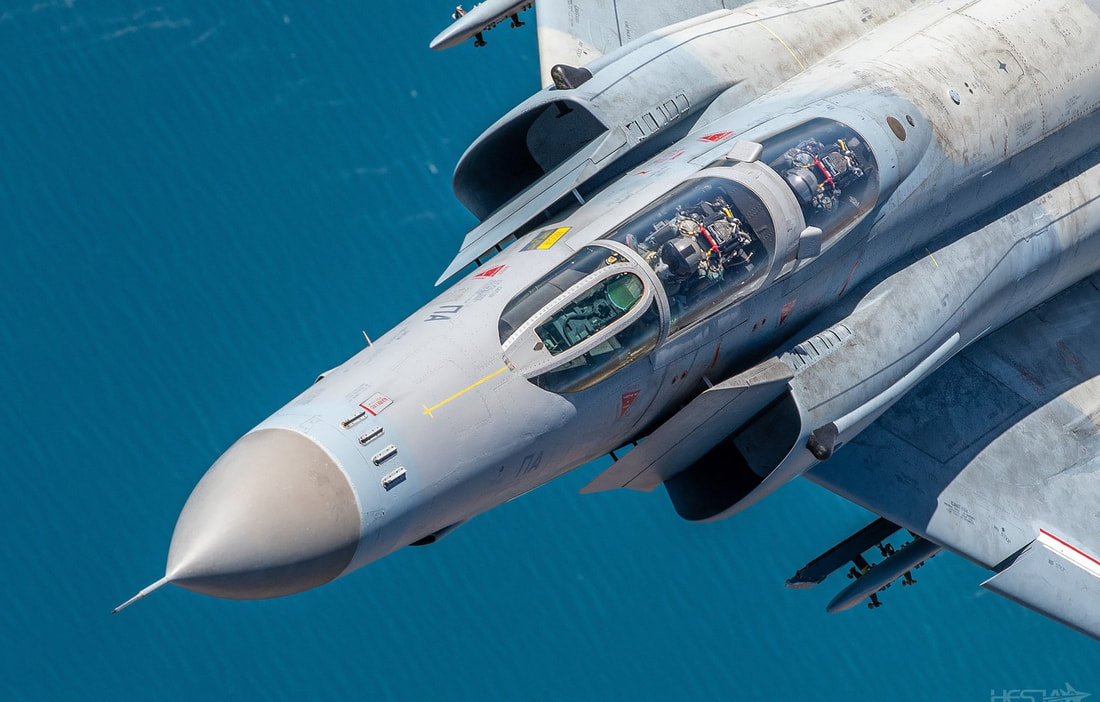
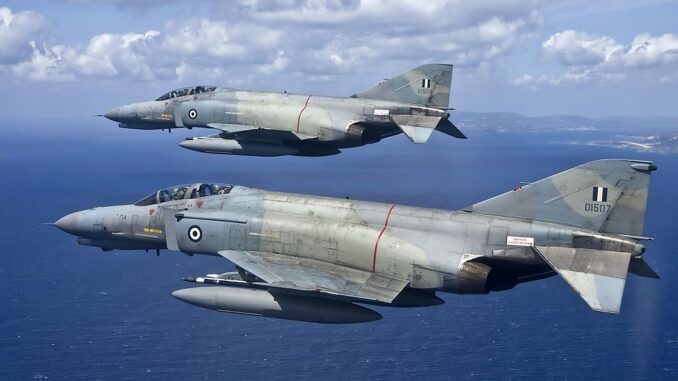
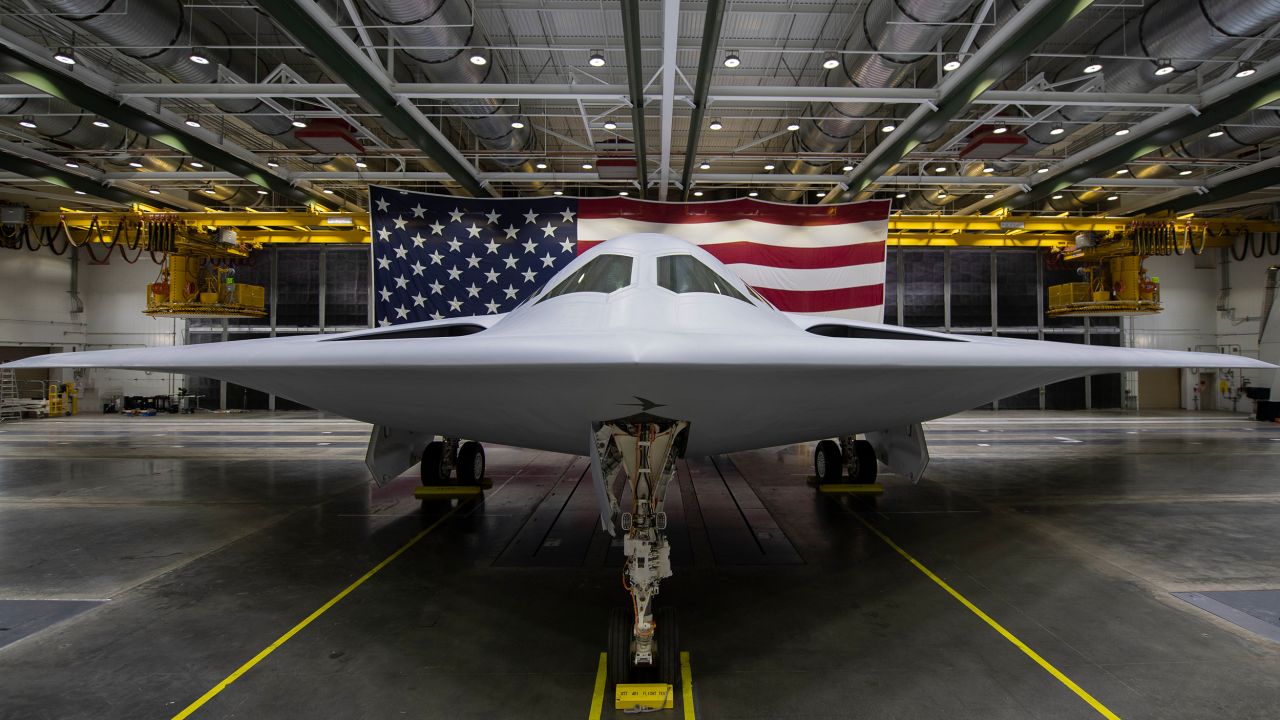

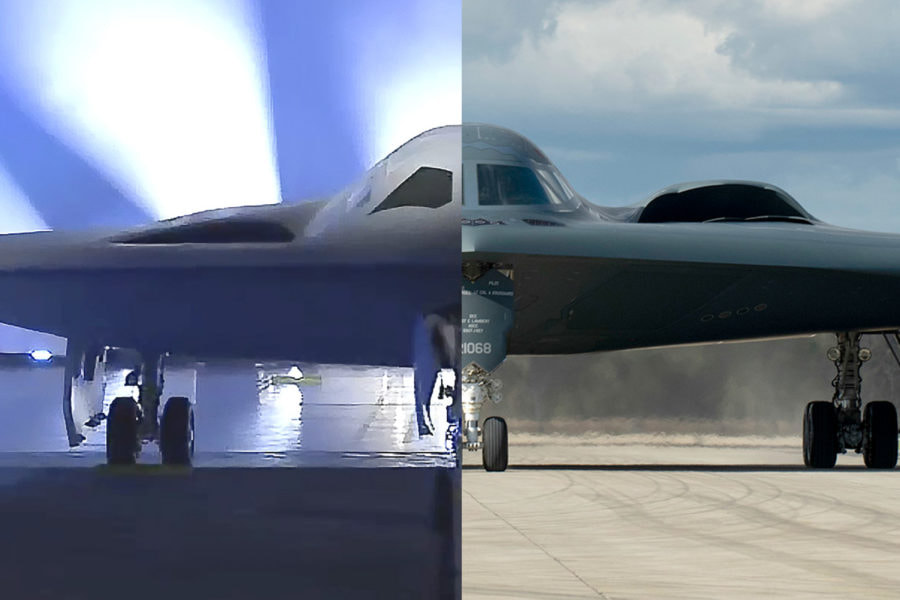
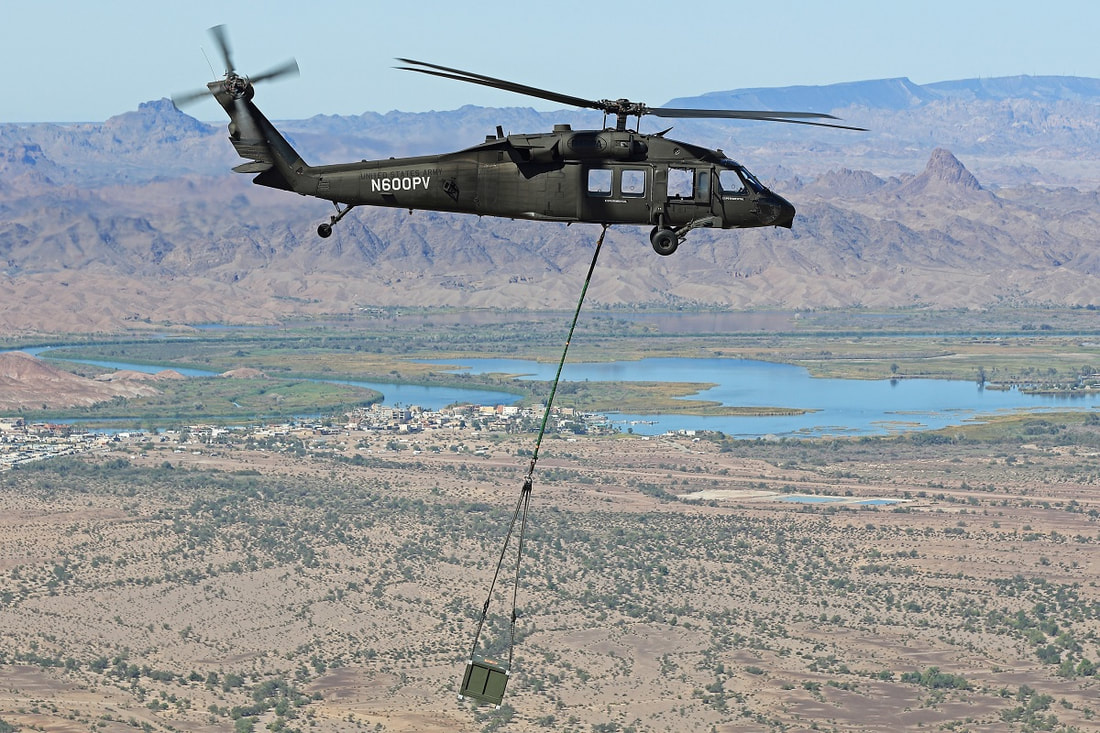
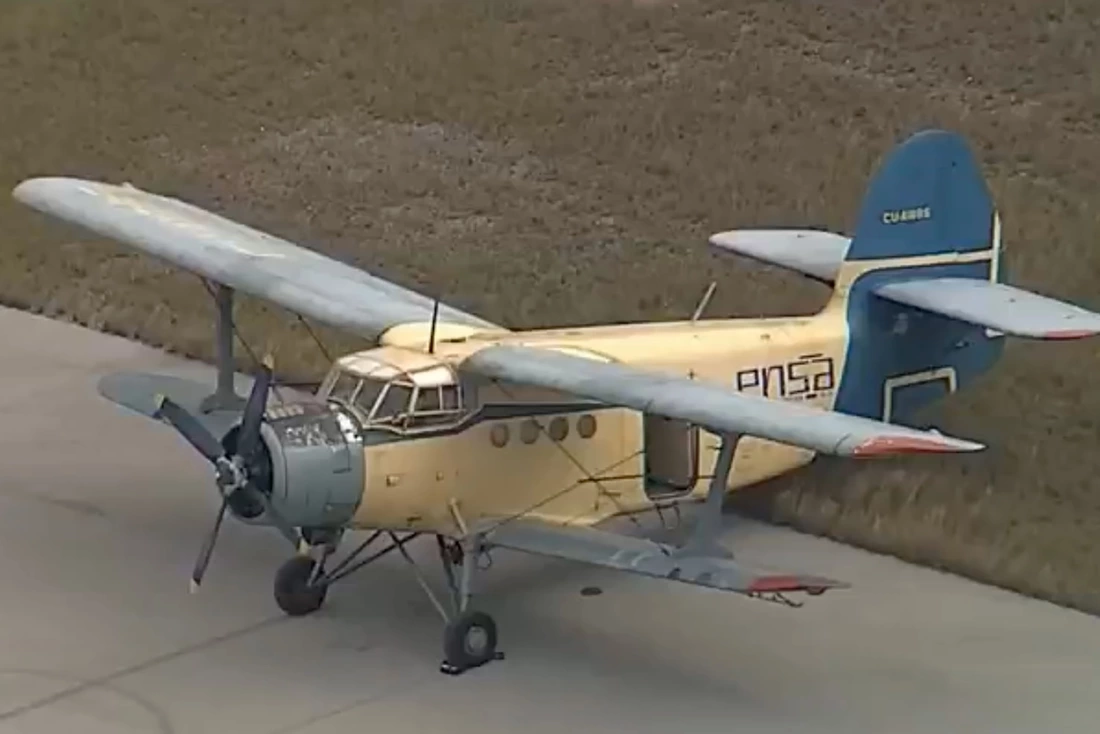
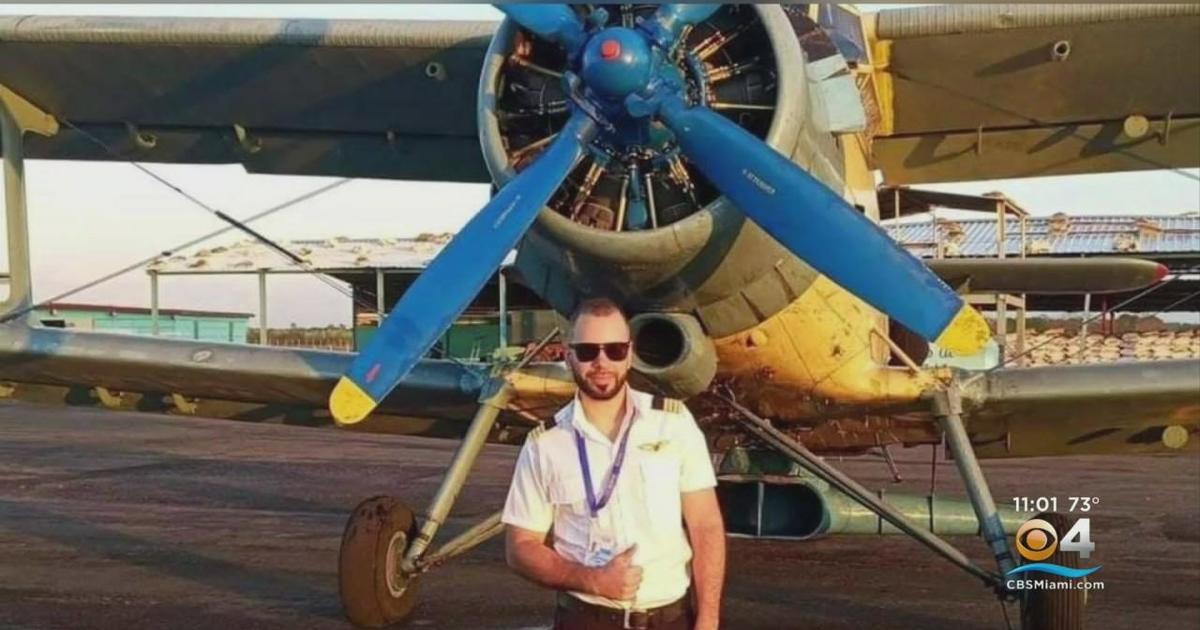
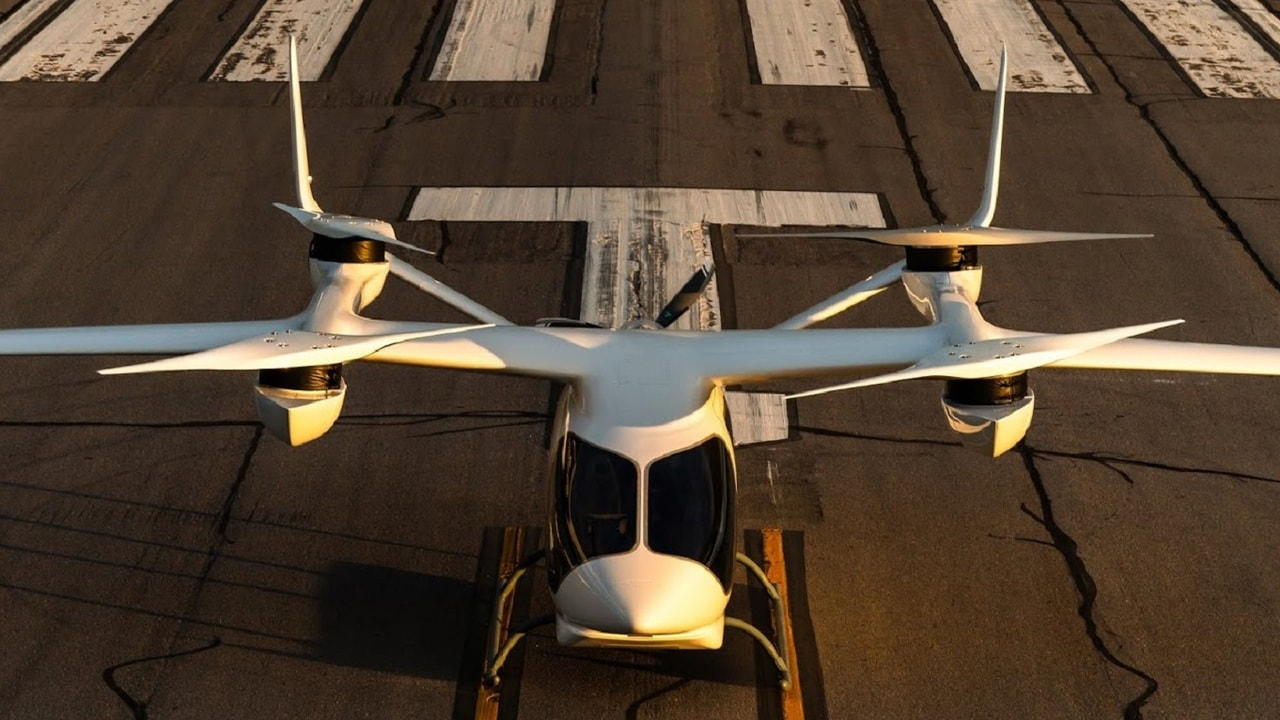
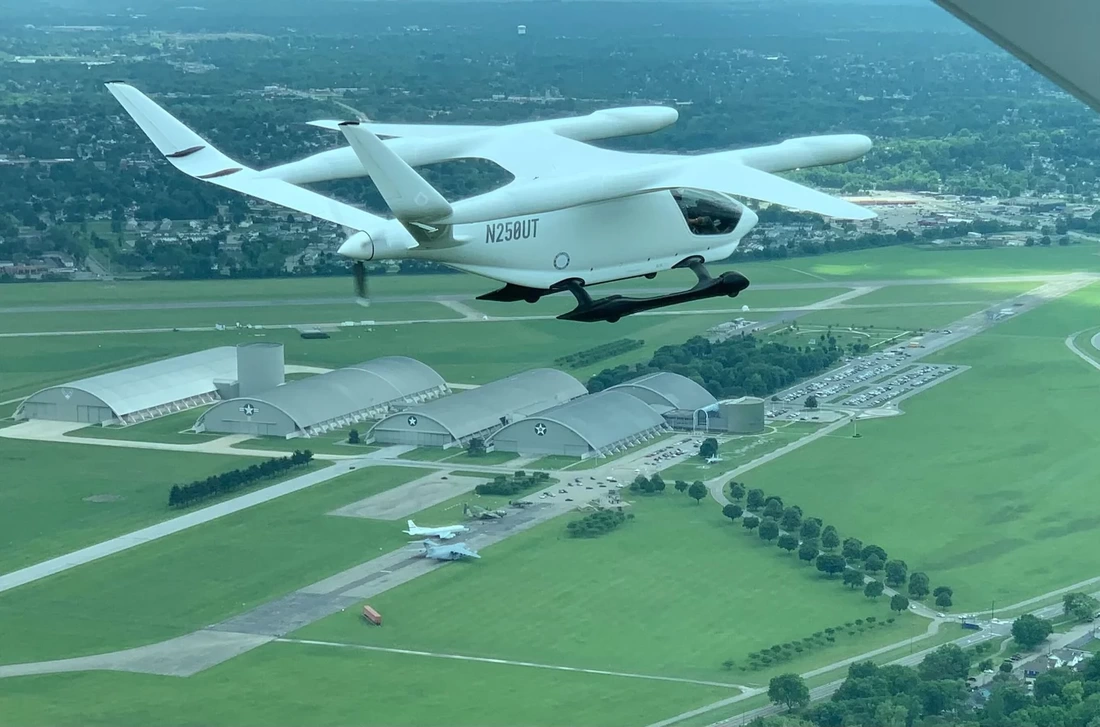
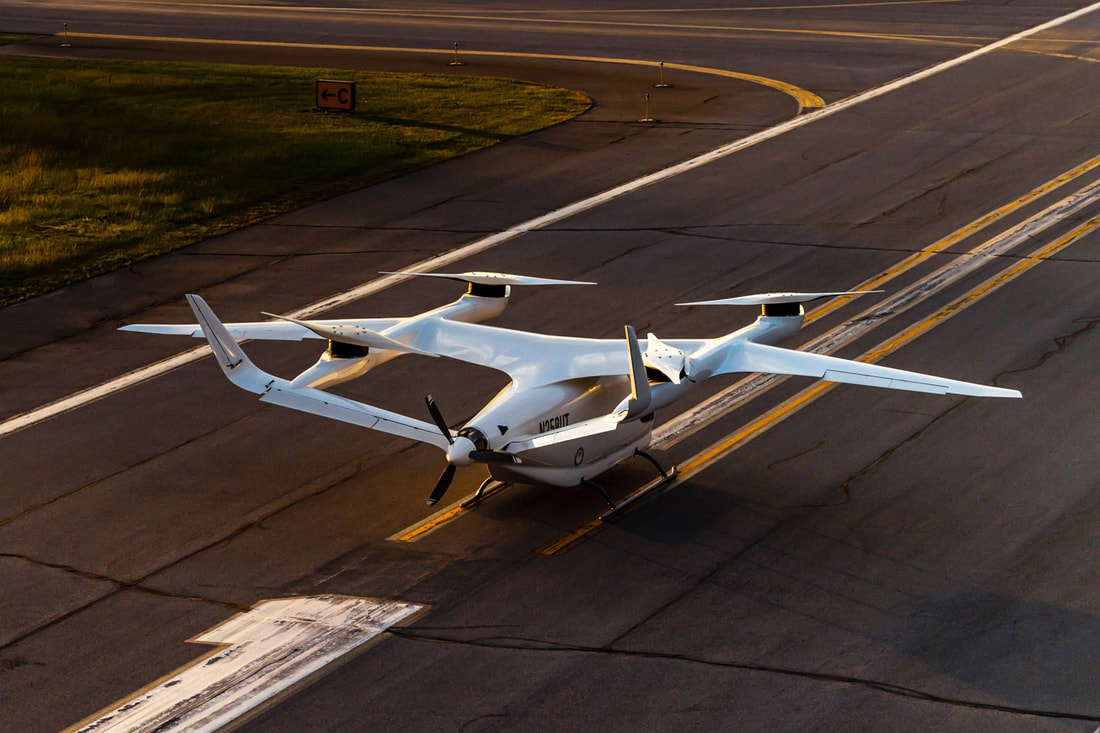
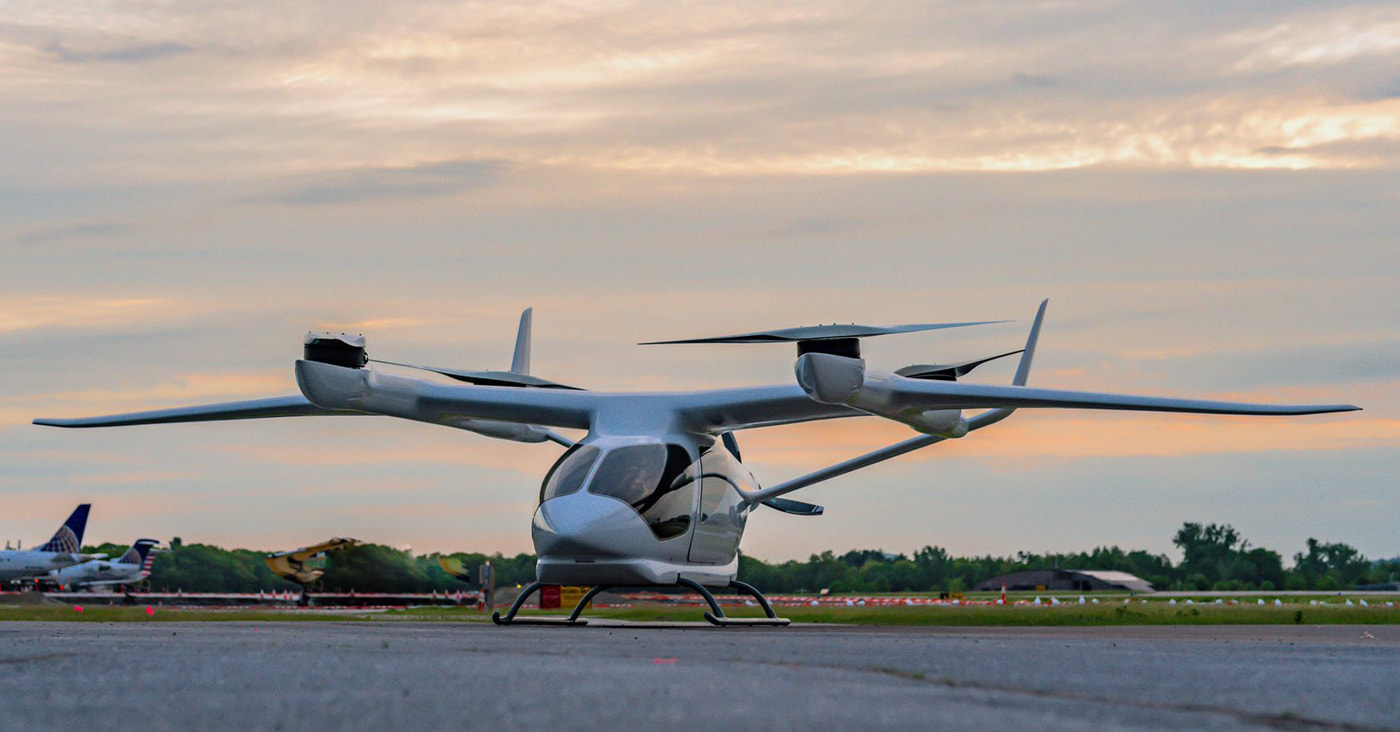
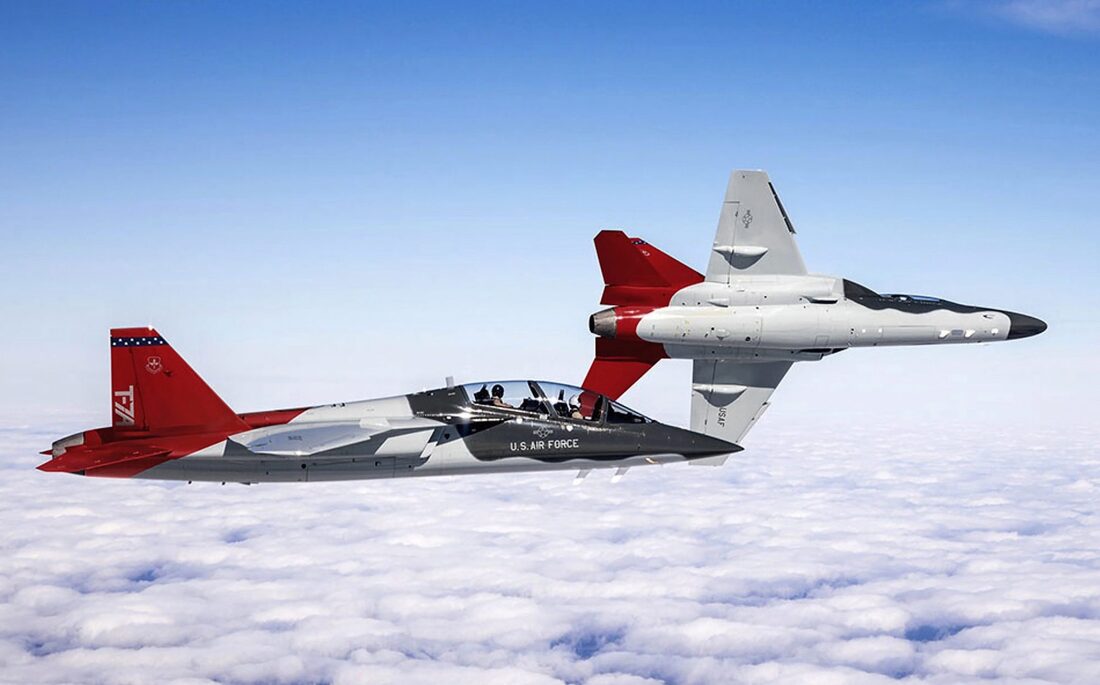
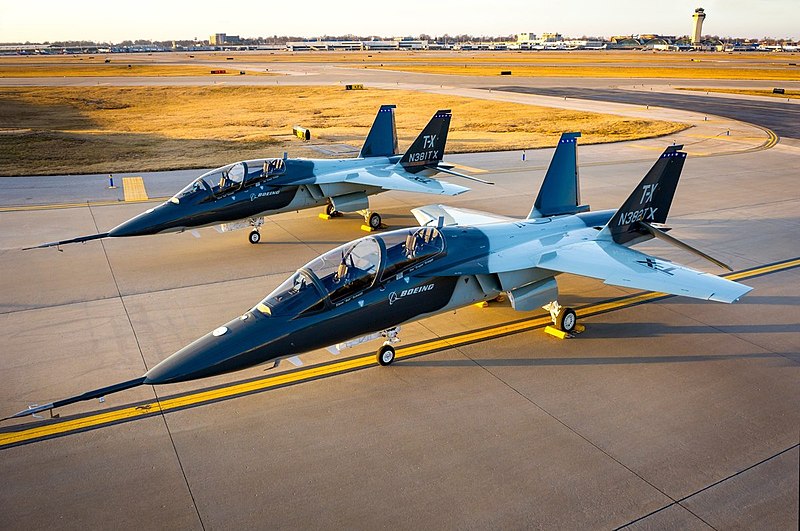
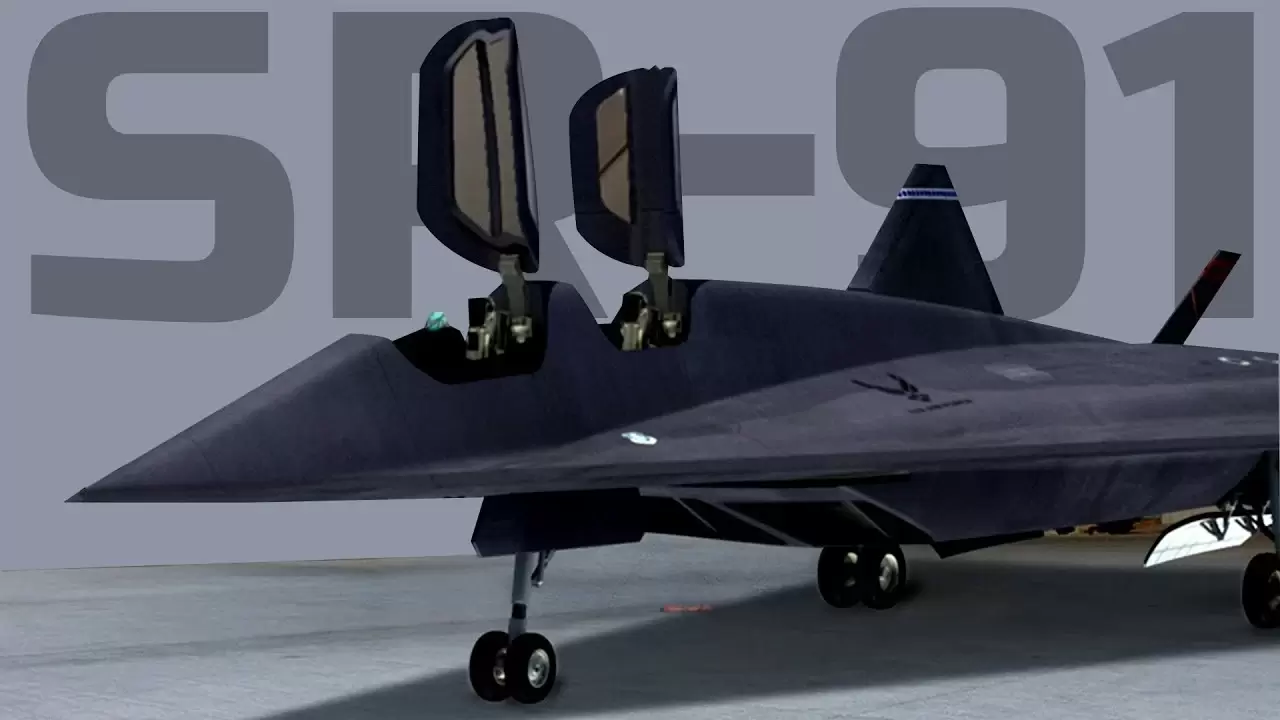
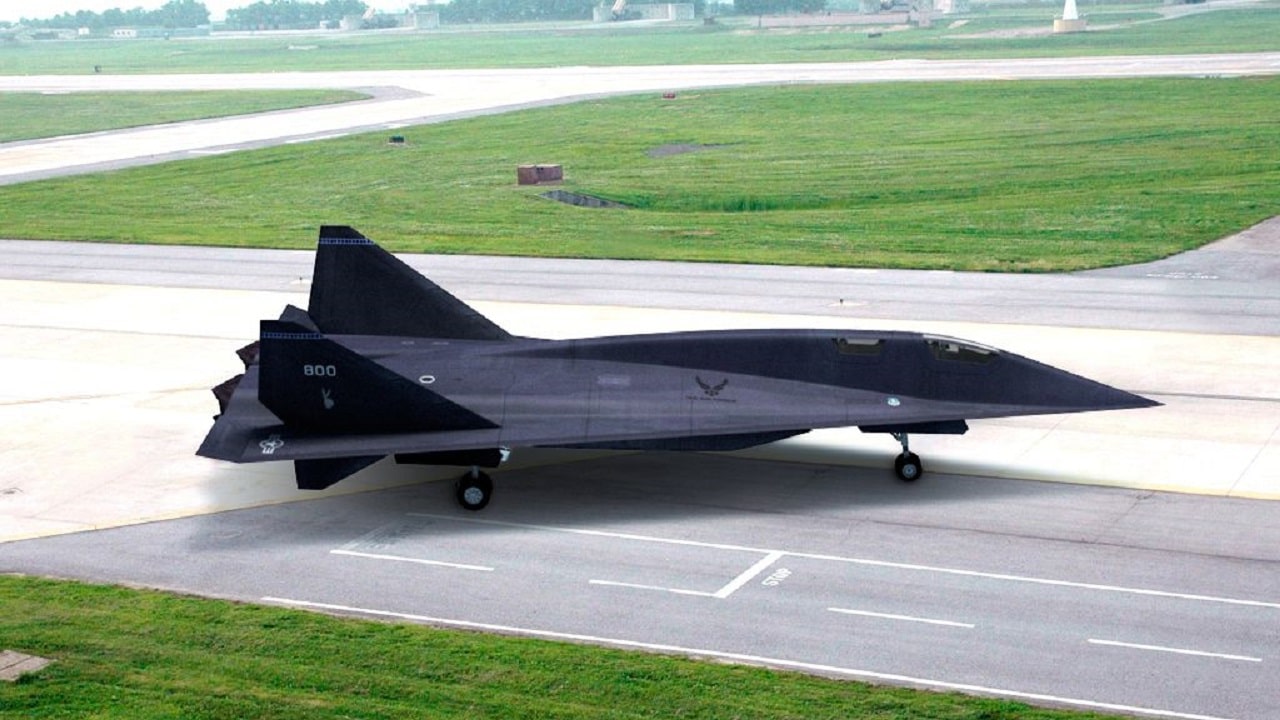
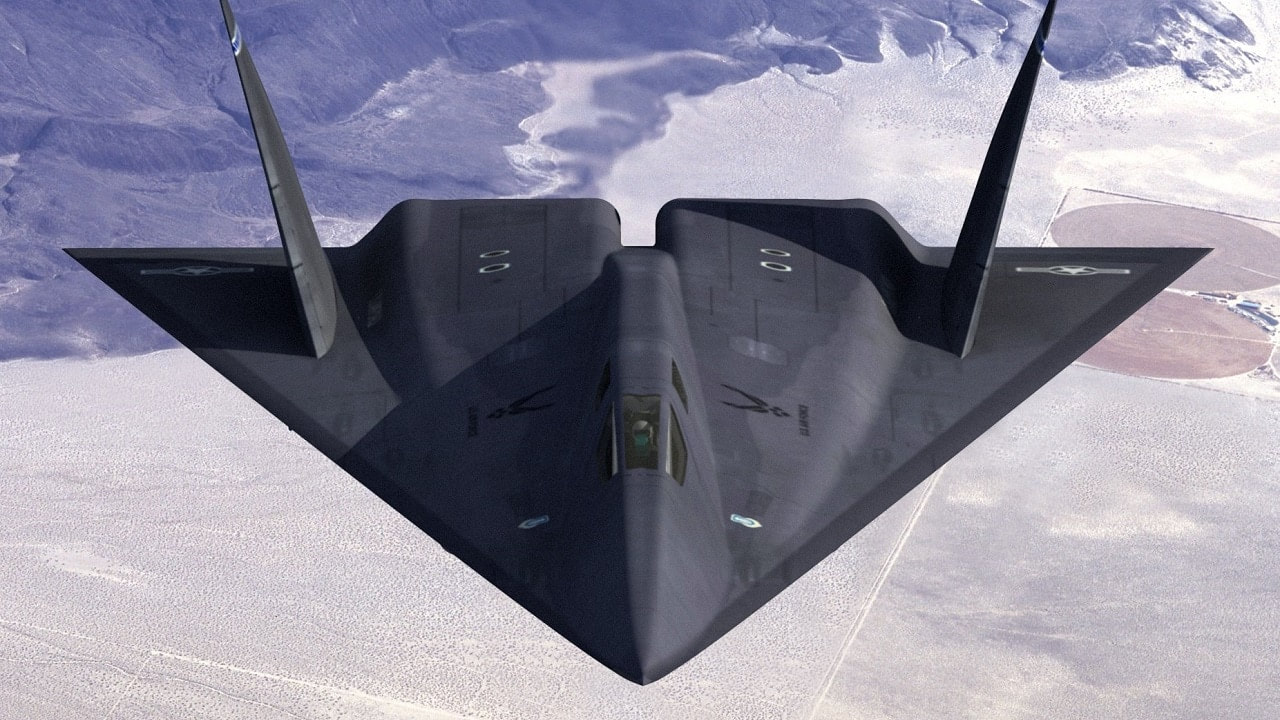
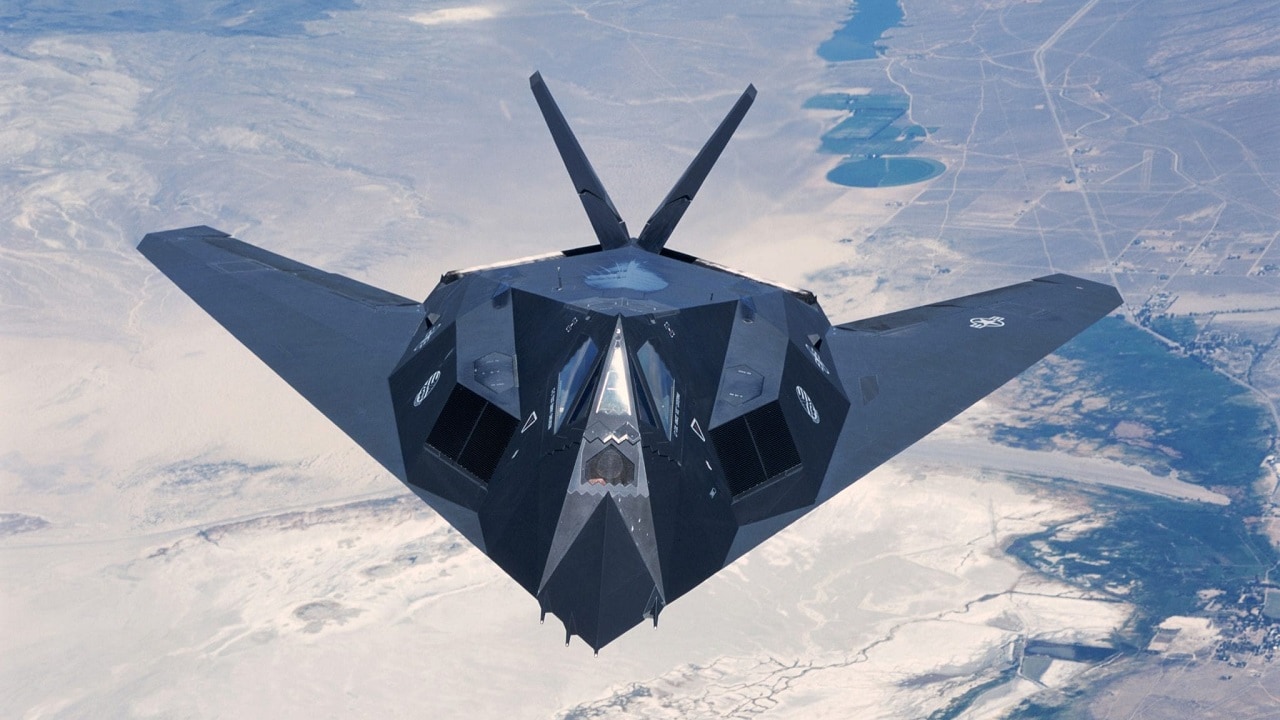
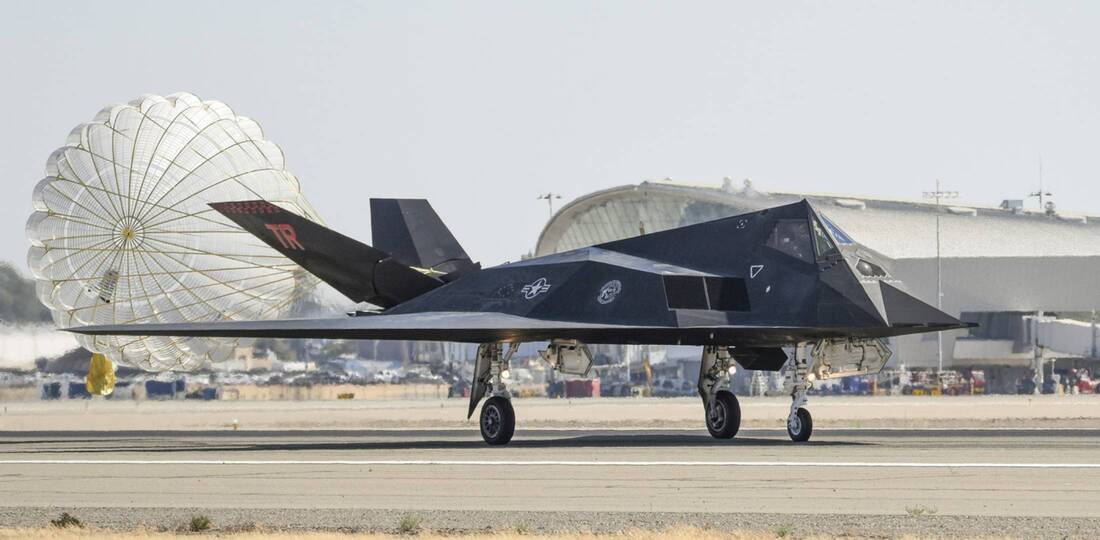
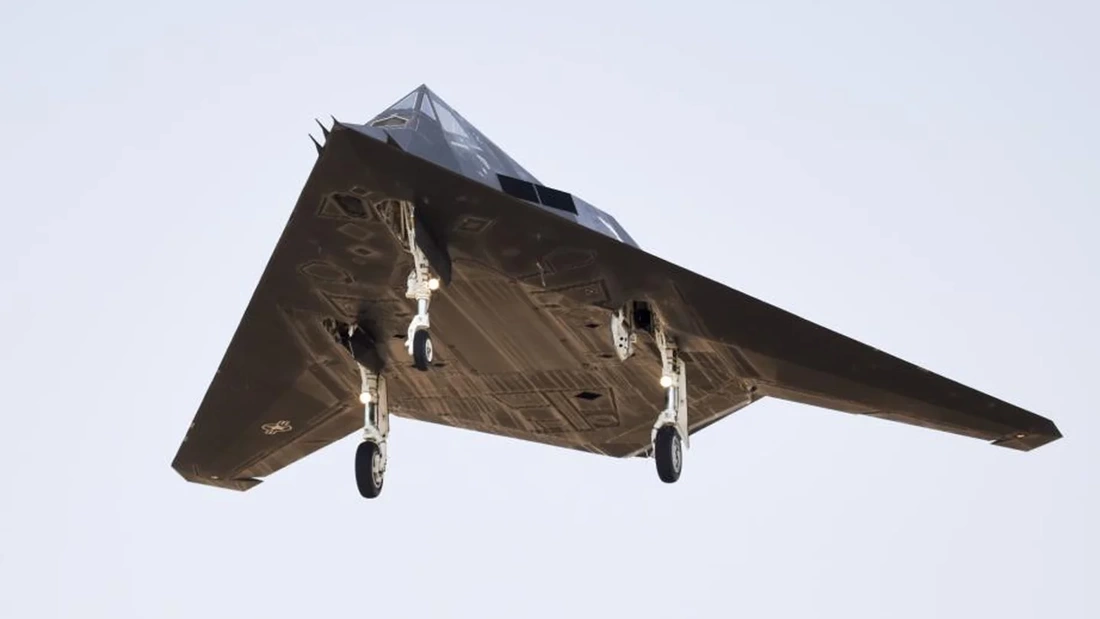
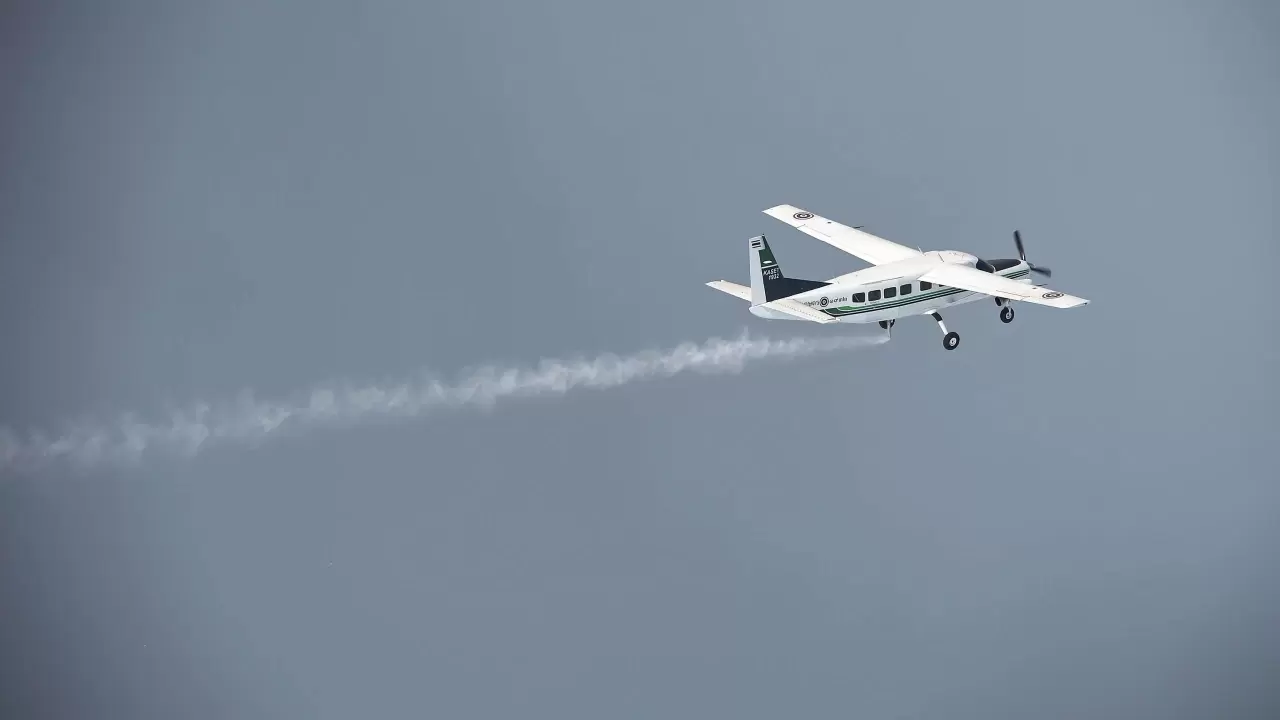
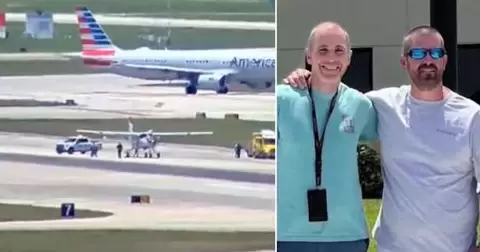
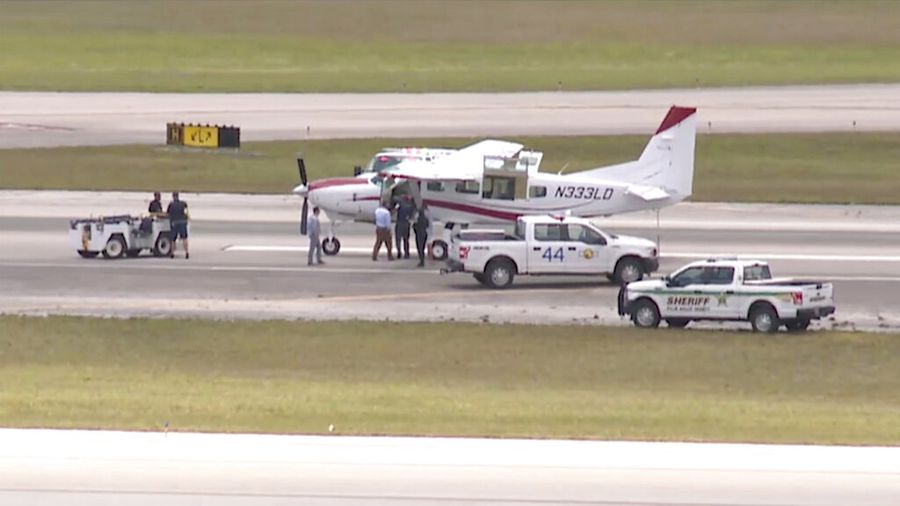

 RSS Feed
RSS Feed